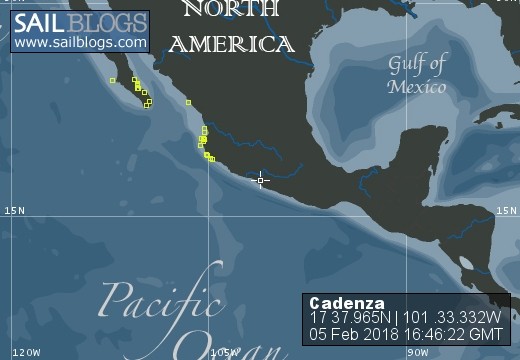
Cruising with Cadenza
"I would rather have thirty minutes of wonderful than a lifetime of nothing special." Steel Magnolias
26 February 2023
06 July 2022 | Off the coast of Massachusetts
17 April 2022
17 February 2022 | Barra de Navidad
01 February 2022 | Barra de Navidad
08 January 2022 | Banderas Bay
18 December 2021 | Nuevo Vallarta
14 December 2021 | Puerto Vallarta, Mexico
15 April 2021 | Chincoteague Island
11 January 2021 | Edgartown, Massachussetts
04 August 2020 | Katama Bay
09 May 2020 | Martha's Vineyard
24 April 2020 | Edgartown, Massachussetts
14 April 2020 | Edgartown, Massachussetts
07 April 2020 | Martha's Vineyard
30 March 2020 | Edgartown, Massachussetts
06 February 2020
03 February 2020 | Chamela Bay, Mexico
28 December 2019 | Havana, Cuba
21 December 2019 | Havana, Cuba
Prayer to Ehecatl
17 March 2016
Terri Potts-Chattaway
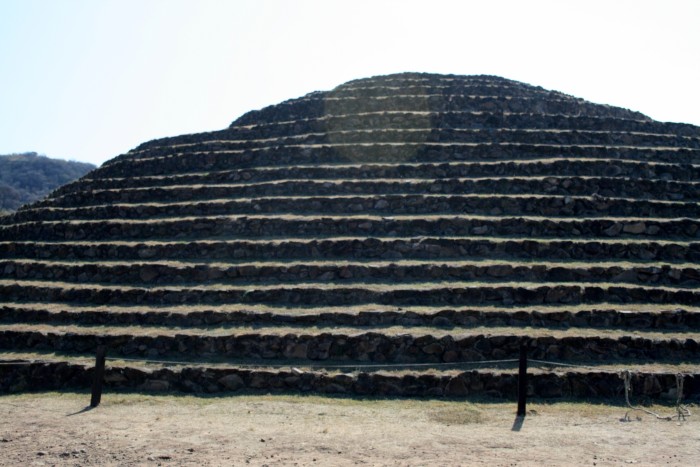
February 12, 2016 - Mexican Road Trip, Part Three
Adhering to our ever-present schedule, we left the Monarch Butterfly Sanctuary around 1:00 pm. We were to spend the night in Guadalajara and April wanted to arrive before dark, or as close as possible. Unbeknownst to us, she had brought a bag of oranges and some candy and as we headed down the mountain, she would hand them out to the children. These kids, having so little, were delighted in their unexpected gifts.
We left the state of Michoacan and arrived in Guadalajara not long after sunset where we wove through the bustling traffic. Guadalajara is the second largest city in Mexico and the capital of the state of Jalisco. It is known as a mecca of commerce and people come from miles around to purchase anything and everything from clothing to fine art to furniture.
Our next stop, The Hotel Malibu (Hah! It seems we've come full circle.), was in mid-city and conveniently situated next to a shopping center. After settling in our rooms we all met outside and walked over to the mall where inside there was an Italian restaurant that April had recommended. A little food, a little wine, some quiet conversation, and we were all ready for a good night's sleep and excited for our next adventure the following day.
Morning arrived and we climbed into the van and headed for the much-anticipated ruins April had told us about. They are in a town called Teuchitlan, about an hour west of Guadalajara. On our way, we passed field after field of sugarcane. Sugarcane, along with corn, is a huge agricultural industry in Mexico.
Each Mexican village, although similar in nature, has its own personality or something that is unique. The one thing that struck me as we drove through the streets of Teuchitlan was that it was so clean. Within the village itself, there was no trash to speak of. We passed several women sweeping the streets. Even the dirt streets! Some litter began to appear as we headed out of town, but I was left with the image of a well-maintained village in which the inhabitants took great pride.
The Guachimontone Museum lies on the outskirts of town and sits on a hill, but below the ruins. It is relatively new and impeccably clean. The exhibits are informative and clearly marked. Inside there is a theater where we were given an overview of the discovery of this site. After the film, April gave us some time to look around on our own while we waited for our guide, Saggi.
Saggi used to be a full-time guide but found she could make a better living as a kindergarten teacher. From time to time, she still takes on tours (especially for her friend, April) and today she called off class so she could meet with us here. She is a young Mexican woman, maybe in her early thirties, who speaks excellent English with a slight accent. She has a fiesty spirit and enthralls us with her tales. She enjoys making people laugh and makes fun of herself and her corny jokes. "It makes me happy!" she says, "This is what I tell my daughter when she laughs at me." Not a bad attribute to have and we couldn't help but fall in love with her as she told us about the Guachimontones who, perhaps were her ancestors, in this place she calls home.
We were standing outside the museum when Saggi pointed up the hill. "See that mountain? The ruins are up there in between two mountains. But you cannot see them from down here. But from up there, you will see, you can see everything." We followed as Saggi led the way up the hill. "Agh! Another steep climb." We all chimed in laughing, begrudgingly.
She was right. From the top we could see for miles in every direction, making it an obvious look-out for approaching enemies. She explained how, when a threat was perceived, the high priest would call the people up from the village below. Slowly, and in an organized procession, the villagers would leave their homes and walk up the mountain to safety. There they would stay, hidden, until their enemies would leave.
The community that lived in Teuchitlan was complex and occupied the area from around 300 B.C. to 900 A.D. This pre-Columbian society and its archetecture is sometimes referred to as the "Teuchitlan Tradition." This is due, in part, to the circular and conical step-pyramids that are "...unique to the Mesoamerican archetectural repertoire and indeed are not found anywhere else in the world..." says Phil Weigland, the man who rediscovered this site in the 1970s. In fact, it was Phil Weigland and his wife, Celia Garcia, along with their team who began excavating in the 1990s, bringing to light an entire civilization, thus adding another chapter in Mexican history.
Now on the top of the hill, we stood staring at what was once the center of the Teuchitlan Tradition, a very large pyramid, maybe 60 feet in height, circular in shape, with 13 layers - think wedding cake - then a platform that held another tier with four more layers. At the very top is a hole where it is believed a pole would have been erected. The high priest would climb this pole, where he would move back and forth like a bird, performing the sacred ritual to the wind god, Ehecatl. (We all smiled at the thought that April had brought us to this particular mountain where homage was paid to the wind god, Ehecatl, something us sailors do quite often; pray to the wind gods.)
What is particularly interesting about the pyramids (There are more than this one central one and all follow the same format), is that the numbers are thought to symbolize the calendar year. Thirteen layers times four layers equals fifty-two. There are fifty-two weeks in a year. Four weeks in a month. Four seasons in a year. Four elementary gods: wind, water, fire and earth.
Surrounding the pyramids are other platforms, each with four steps to the top. This area, Saggi says, is thought to have been sacred and generally only for the elite. When ceremonies were performed, the villagers were invited to watch and some would dance around the pyramid holding hands in a circle. In the museum there are artifacts, sculptures made of clay, depicting this very dance ritual. Taking our hands, Saggi showed us the steps and we re-enacted the dance together.
We walked around the compound as Saggi explained how the Guachimontones buried their dead in shaft tombs. Vertical tunnels were dug many feet deep and then housed chambers, big enough to stand in, in all directions. This is where they would bury their family members. Many of these shaft tombs were directly beneath their home dwellings, allowing them to not only protect their ancestors, but visit them, if so desired. Saggi found this practice touching and she shared with us how she wished shaft tombs were still used today.
We continued along until we stopped in front of a long, rectangular field, not unlike a football field, but not as wide. This was one of two ball courts on the premises; one to use for practice, the other was for the official games, as the ball courts were used as a means of judicial legislation. For instance, if there was a land dispute, it was brought to the judges and they would make a decision, not based on legalities or merit, but by the winner of the ball game.
The opposing teams would arrive at dawn and play until sunset. The game was a little like soccer in that they could only hit the ball with their hips. But unlike soccer, the ball was a large stone wrapped in rubber and was quite heavy. After twelve hours of continuous sport, you can imagine what shape these men were in. In fact, during the excavation, many male skeletons were uncovered with broken hips. The winners were presented with a drink (to ease the pain, I suppose) and were given an honorable death. The losers were taken far away to die, without the drink and without any honor. Given this harsh penal system, I would assume it was a fairly peaceful society that found ways to settle their grievances privately.
"See that mountain over there?" Saggi said. "That is where the Guachimontones would mine obsidian. Obsidian was used in making tools among other things. The mine isn't in use anymore, but you can visit and take a tour. You should come back some time and go there. It is definitely worth a visit. Also, see that over there? That is a volcano. That one is sleeping. It could wake up at any time." Saggi nervously giggled. "I have a funny story." She continued. "I was teaching my kindergarten class about the volcano Tequila when one of the little boys interrupted me, 'Does that mean when it explodes, a bunch of tequila will come out?' he cried out excitedly. 'I can't wait to tell my papa! He will be so happy!'"
Overlooking the valley, I tried to imagine what life was like here so very long ago, while Saggi continued to paint a picture. She explained how Laguna de La Vega, at the base of Teuchitlan, also played an important role in their economy as it was used for irrigation and growing crops on small man-made islands on the water.
So much has already been learned about the Guachimontones and yet they have only scratched the surface. Unfortunately, Mr. Weigland has passed and as of now, there is no one heading the research or continuing with the excavation. What more lies beneath these stones we walk on is yet to be discovered. Hopefully one day someone will take the lead and add new chapters to this fascinating story of the Guachimontones and the Teuchitlan Tradition.
Before leaving Teuchitlan, April took us to a restaurant along the lake that sits at the bottom of town. It was there that I saw my first white pelican. She was a large bird, regal in her beauty.
Tummys full, we loaded into the van for our last leg of the trip. We crossed the mountains back into the state of Nayarit. I watched the dry, arid terrain turn back into the lush green tropical jungle I love so much. I commented on this and was surprised to learn from April that the Puerto Vallarta area is the only part of Mexico that supports such an eco-system.
With the sun setting, we finally returned to Paradise Village. Our backpacks strapped on, we crawled out of the van and headed for our boats. In just three days we had driven through three states, many villages, up and down mountains, and across many fields. We saw the precious Monarch butterflies in their natural habitat and we visited the site of the Teuchitlan Tradition where we learned much about the history of the Guachimontones. It was tiring, but great fun, with great people, and well worth the trip.
See Photo Gallery.
Adhering to our ever-present schedule, we left the Monarch Butterfly Sanctuary around 1:00 pm. We were to spend the night in Guadalajara and April wanted to arrive before dark, or as close as possible. Unbeknownst to us, she had brought a bag of oranges and some candy and as we headed down the mountain, she would hand them out to the children. These kids, having so little, were delighted in their unexpected gifts.
We left the state of Michoacan and arrived in Guadalajara not long after sunset where we wove through the bustling traffic. Guadalajara is the second largest city in Mexico and the capital of the state of Jalisco. It is known as a mecca of commerce and people come from miles around to purchase anything and everything from clothing to fine art to furniture.
Our next stop, The Hotel Malibu (Hah! It seems we've come full circle.), was in mid-city and conveniently situated next to a shopping center. After settling in our rooms we all met outside and walked over to the mall where inside there was an Italian restaurant that April had recommended. A little food, a little wine, some quiet conversation, and we were all ready for a good night's sleep and excited for our next adventure the following day.
Morning arrived and we climbed into the van and headed for the much-anticipated ruins April had told us about. They are in a town called Teuchitlan, about an hour west of Guadalajara. On our way, we passed field after field of sugarcane. Sugarcane, along with corn, is a huge agricultural industry in Mexico.
Each Mexican village, although similar in nature, has its own personality or something that is unique. The one thing that struck me as we drove through the streets of Teuchitlan was that it was so clean. Within the village itself, there was no trash to speak of. We passed several women sweeping the streets. Even the dirt streets! Some litter began to appear as we headed out of town, but I was left with the image of a well-maintained village in which the inhabitants took great pride.
The Guachimontone Museum lies on the outskirts of town and sits on a hill, but below the ruins. It is relatively new and impeccably clean. The exhibits are informative and clearly marked. Inside there is a theater where we were given an overview of the discovery of this site. After the film, April gave us some time to look around on our own while we waited for our guide, Saggi.
Saggi used to be a full-time guide but found she could make a better living as a kindergarten teacher. From time to time, she still takes on tours (especially for her friend, April) and today she called off class so she could meet with us here. She is a young Mexican woman, maybe in her early thirties, who speaks excellent English with a slight accent. She has a fiesty spirit and enthralls us with her tales. She enjoys making people laugh and makes fun of herself and her corny jokes. "It makes me happy!" she says, "This is what I tell my daughter when she laughs at me." Not a bad attribute to have and we couldn't help but fall in love with her as she told us about the Guachimontones who, perhaps were her ancestors, in this place she calls home.
We were standing outside the museum when Saggi pointed up the hill. "See that mountain? The ruins are up there in between two mountains. But you cannot see them from down here. But from up there, you will see, you can see everything." We followed as Saggi led the way up the hill. "Agh! Another steep climb." We all chimed in laughing, begrudgingly.
She was right. From the top we could see for miles in every direction, making it an obvious look-out for approaching enemies. She explained how, when a threat was perceived, the high priest would call the people up from the village below. Slowly, and in an organized procession, the villagers would leave their homes and walk up the mountain to safety. There they would stay, hidden, until their enemies would leave.
The community that lived in Teuchitlan was complex and occupied the area from around 300 B.C. to 900 A.D. This pre-Columbian society and its archetecture is sometimes referred to as the "Teuchitlan Tradition." This is due, in part, to the circular and conical step-pyramids that are "...unique to the Mesoamerican archetectural repertoire and indeed are not found anywhere else in the world..." says Phil Weigland, the man who rediscovered this site in the 1970s. In fact, it was Phil Weigland and his wife, Celia Garcia, along with their team who began excavating in the 1990s, bringing to light an entire civilization, thus adding another chapter in Mexican history.
Now on the top of the hill, we stood staring at what was once the center of the Teuchitlan Tradition, a very large pyramid, maybe 60 feet in height, circular in shape, with 13 layers - think wedding cake - then a platform that held another tier with four more layers. At the very top is a hole where it is believed a pole would have been erected. The high priest would climb this pole, where he would move back and forth like a bird, performing the sacred ritual to the wind god, Ehecatl. (We all smiled at the thought that April had brought us to this particular mountain where homage was paid to the wind god, Ehecatl, something us sailors do quite often; pray to the wind gods.)
What is particularly interesting about the pyramids (There are more than this one central one and all follow the same format), is that the numbers are thought to symbolize the calendar year. Thirteen layers times four layers equals fifty-two. There are fifty-two weeks in a year. Four weeks in a month. Four seasons in a year. Four elementary gods: wind, water, fire and earth.
Surrounding the pyramids are other platforms, each with four steps to the top. This area, Saggi says, is thought to have been sacred and generally only for the elite. When ceremonies were performed, the villagers were invited to watch and some would dance around the pyramid holding hands in a circle. In the museum there are artifacts, sculptures made of clay, depicting this very dance ritual. Taking our hands, Saggi showed us the steps and we re-enacted the dance together.
We walked around the compound as Saggi explained how the Guachimontones buried their dead in shaft tombs. Vertical tunnels were dug many feet deep and then housed chambers, big enough to stand in, in all directions. This is where they would bury their family members. Many of these shaft tombs were directly beneath their home dwellings, allowing them to not only protect their ancestors, but visit them, if so desired. Saggi found this practice touching and she shared with us how she wished shaft tombs were still used today.
We continued along until we stopped in front of a long, rectangular field, not unlike a football field, but not as wide. This was one of two ball courts on the premises; one to use for practice, the other was for the official games, as the ball courts were used as a means of judicial legislation. For instance, if there was a land dispute, it was brought to the judges and they would make a decision, not based on legalities or merit, but by the winner of the ball game.
The opposing teams would arrive at dawn and play until sunset. The game was a little like soccer in that they could only hit the ball with their hips. But unlike soccer, the ball was a large stone wrapped in rubber and was quite heavy. After twelve hours of continuous sport, you can imagine what shape these men were in. In fact, during the excavation, many male skeletons were uncovered with broken hips. The winners were presented with a drink (to ease the pain, I suppose) and were given an honorable death. The losers were taken far away to die, without the drink and without any honor. Given this harsh penal system, I would assume it was a fairly peaceful society that found ways to settle their grievances privately.
"See that mountain over there?" Saggi said. "That is where the Guachimontones would mine obsidian. Obsidian was used in making tools among other things. The mine isn't in use anymore, but you can visit and take a tour. You should come back some time and go there. It is definitely worth a visit. Also, see that over there? That is a volcano. That one is sleeping. It could wake up at any time." Saggi nervously giggled. "I have a funny story." She continued. "I was teaching my kindergarten class about the volcano Tequila when one of the little boys interrupted me, 'Does that mean when it explodes, a bunch of tequila will come out?' he cried out excitedly. 'I can't wait to tell my papa! He will be so happy!'"
Overlooking the valley, I tried to imagine what life was like here so very long ago, while Saggi continued to paint a picture. She explained how Laguna de La Vega, at the base of Teuchitlan, also played an important role in their economy as it was used for irrigation and growing crops on small man-made islands on the water.
So much has already been learned about the Guachimontones and yet they have only scratched the surface. Unfortunately, Mr. Weigland has passed and as of now, there is no one heading the research or continuing with the excavation. What more lies beneath these stones we walk on is yet to be discovered. Hopefully one day someone will take the lead and add new chapters to this fascinating story of the Guachimontones and the Teuchitlan Tradition.
Before leaving Teuchitlan, April took us to a restaurant along the lake that sits at the bottom of town. It was there that I saw my first white pelican. She was a large bird, regal in her beauty.
Tummys full, we loaded into the van for our last leg of the trip. We crossed the mountains back into the state of Nayarit. I watched the dry, arid terrain turn back into the lush green tropical jungle I love so much. I commented on this and was surprised to learn from April that the Puerto Vallarta area is the only part of Mexico that supports such an eco-system.
With the sun setting, we finally returned to Paradise Village. Our backpacks strapped on, we crawled out of the van and headed for our boats. In just three days we had driven through three states, many villages, up and down mountains, and across many fields. We saw the precious Monarch butterflies in their natural habitat and we visited the site of the Teuchitlan Tradition where we learned much about the history of the Guachimontones. It was tiring, but great fun, with great people, and well worth the trip.
See Photo Gallery.
Comments
| Vessel Name: | Cadenza |
| Vessel Make/Model: | Hardin 45' Ketch |
| Hailing Port: | Malibu, California |
| Crew: | Jay Chattaway, Terri Potts-Chattaway |
| About: | Jay has owned Cadenza for over 20 years. He originally bought her in La Paz, Mexico (known as Mercury One and before that as Mar y Vent) and brought her up to the Channel Islands. Terri fell in love with sailing and Cadenza over ten years ago and she has been a labor of love ever since. |
| Extra: |
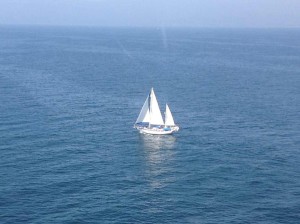
Who: Jay Chattaway, Terri Potts-Chattaway
Port: Malibu, California

.jpg)
.jpg)
.jpg)
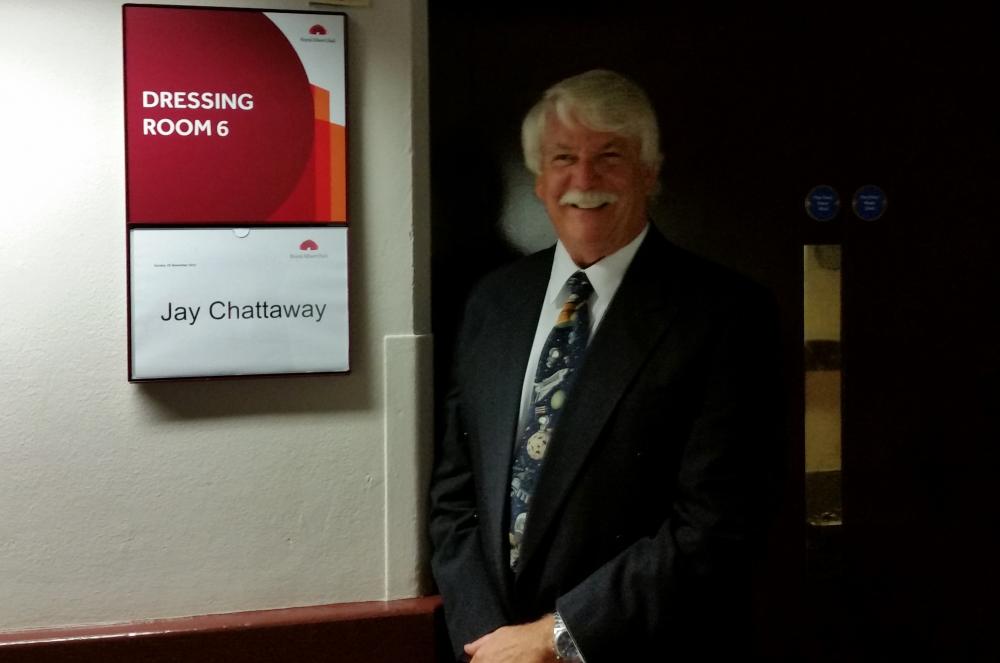
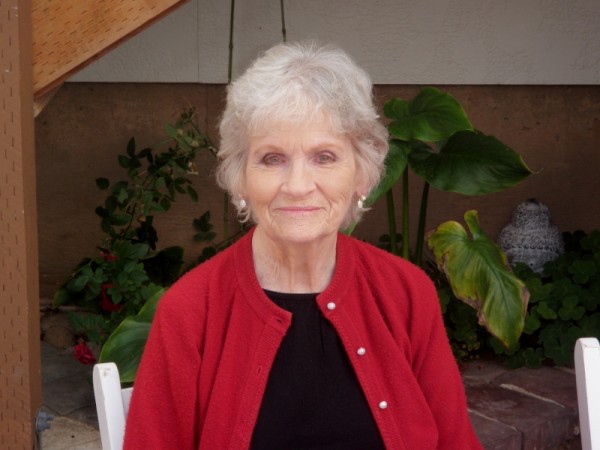
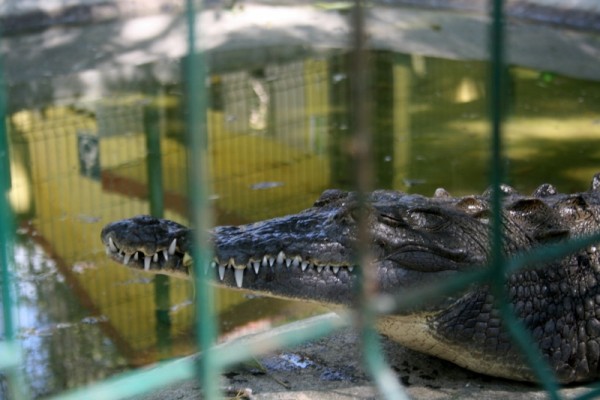
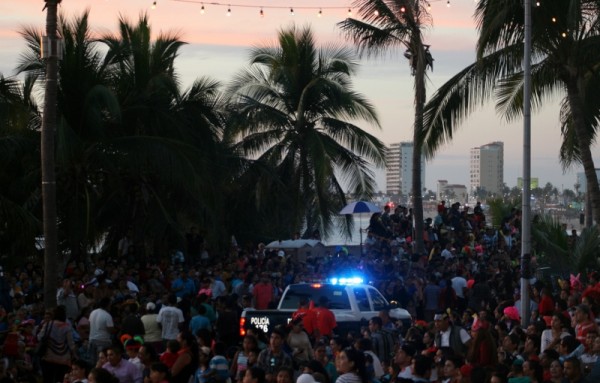
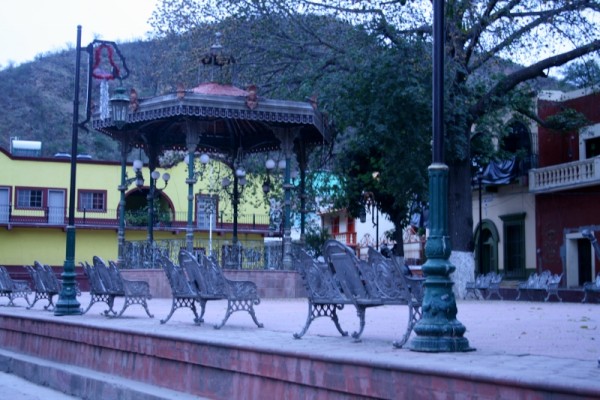
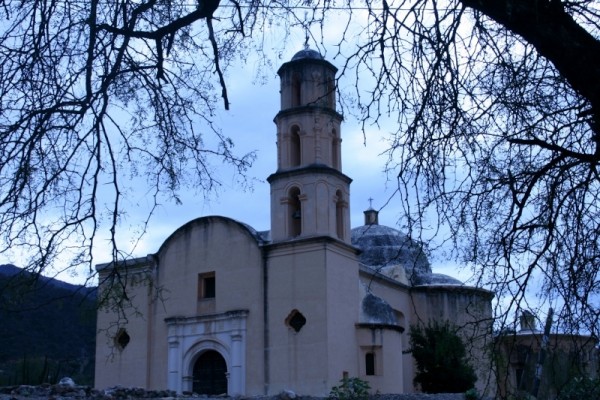
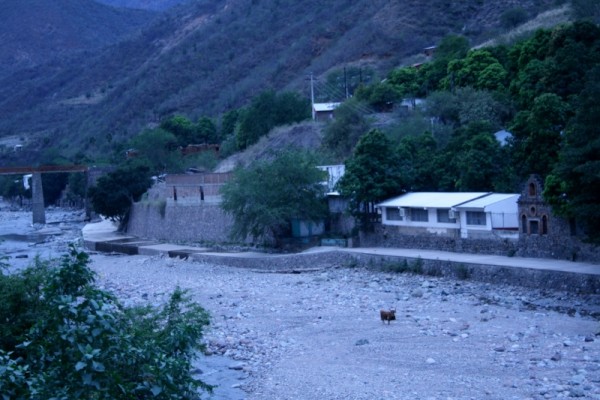
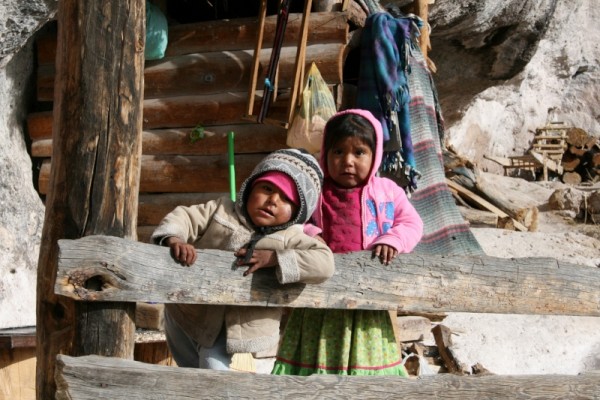
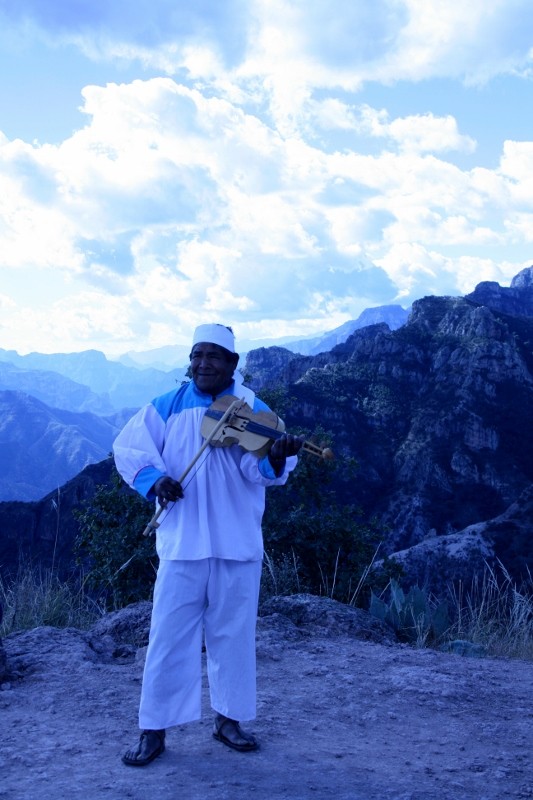
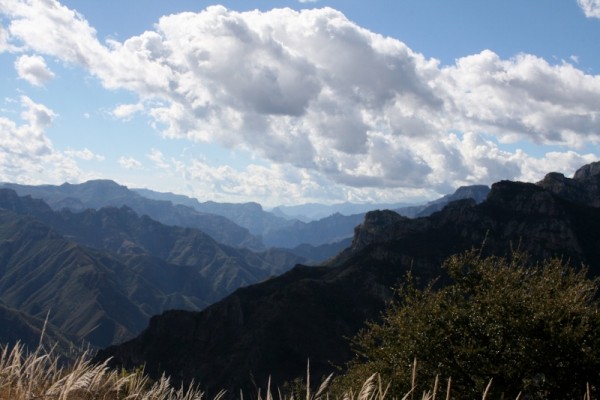
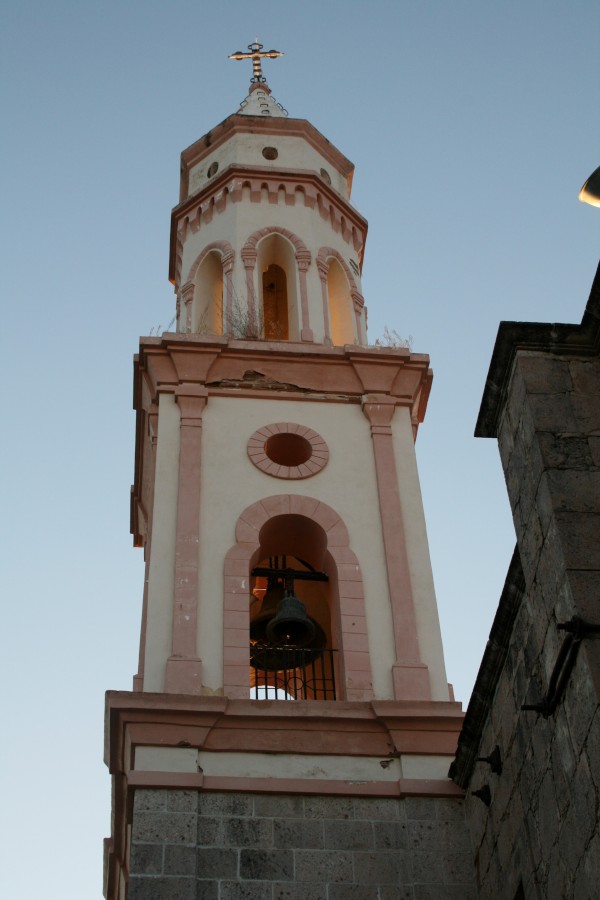
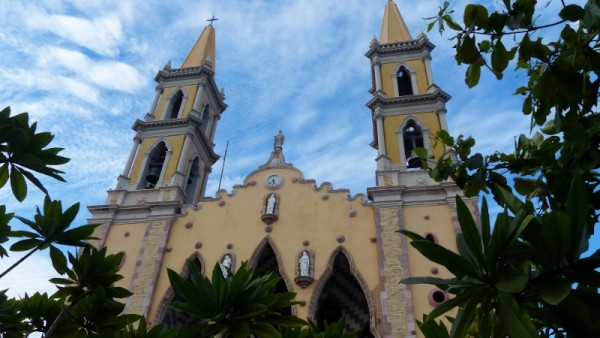
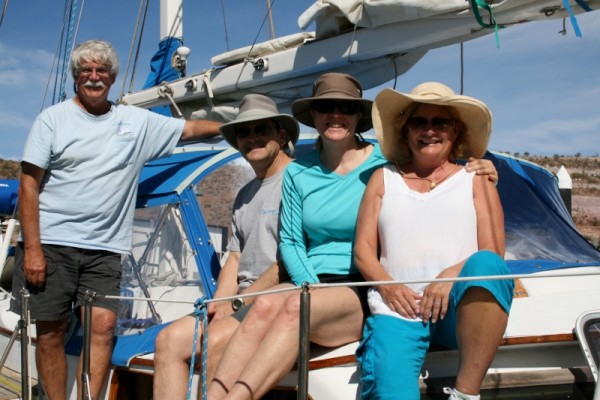
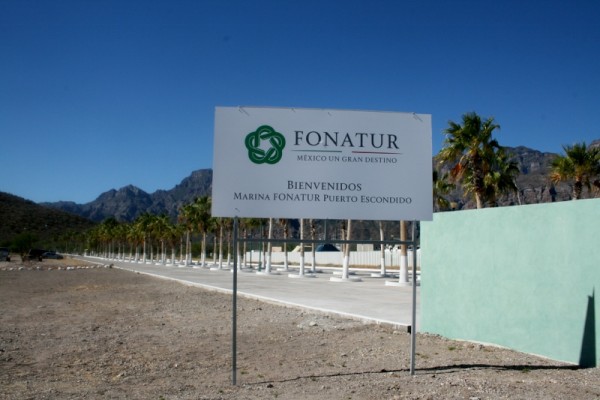
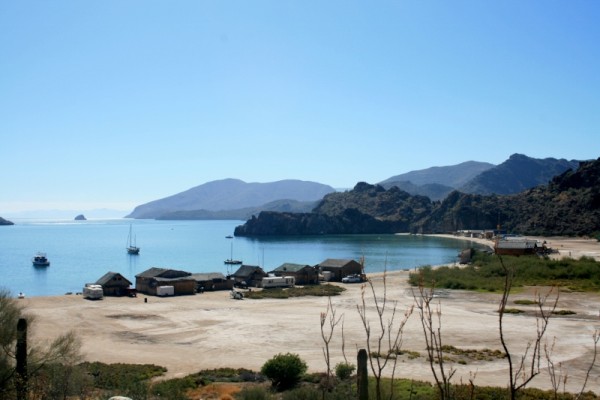
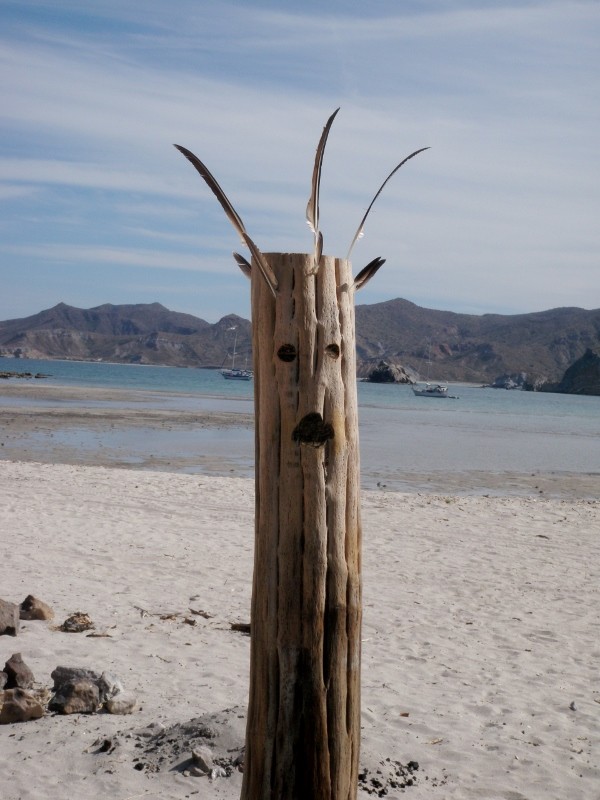
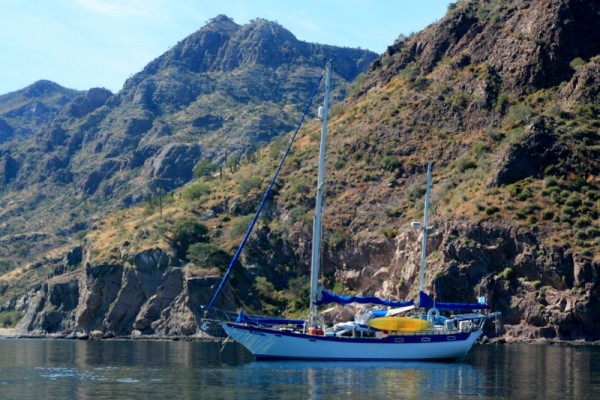
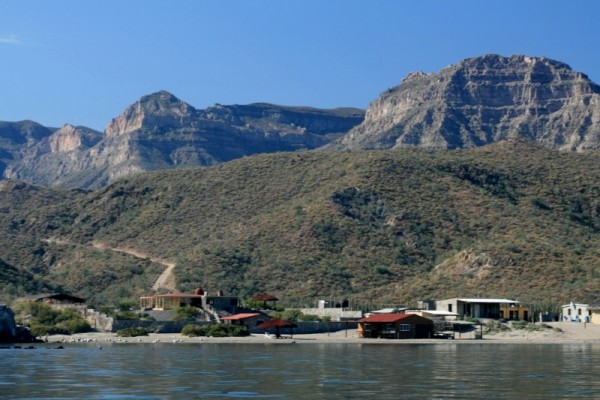
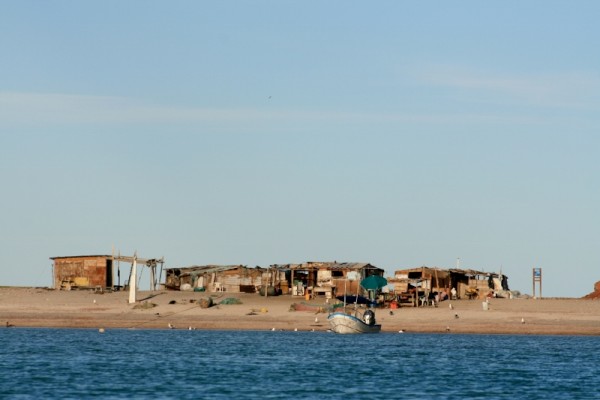
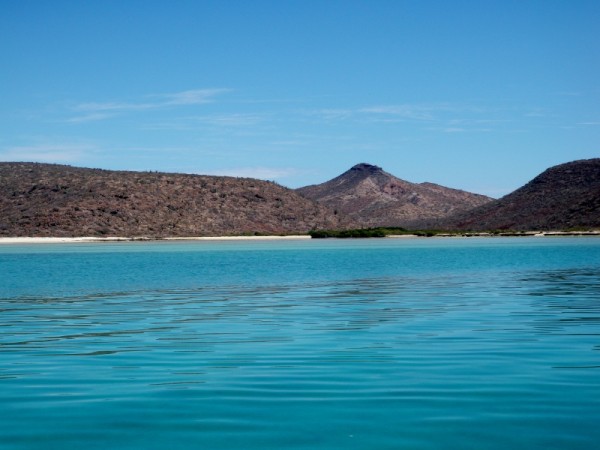
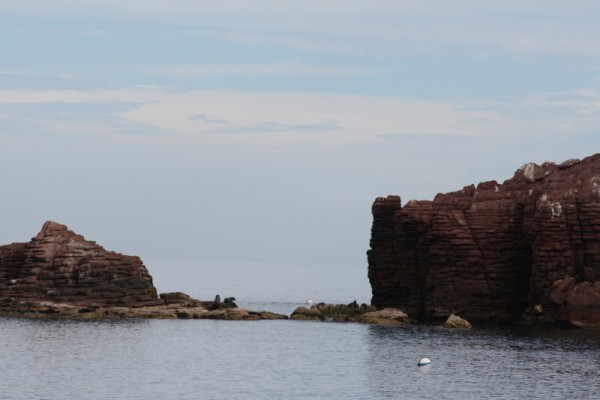
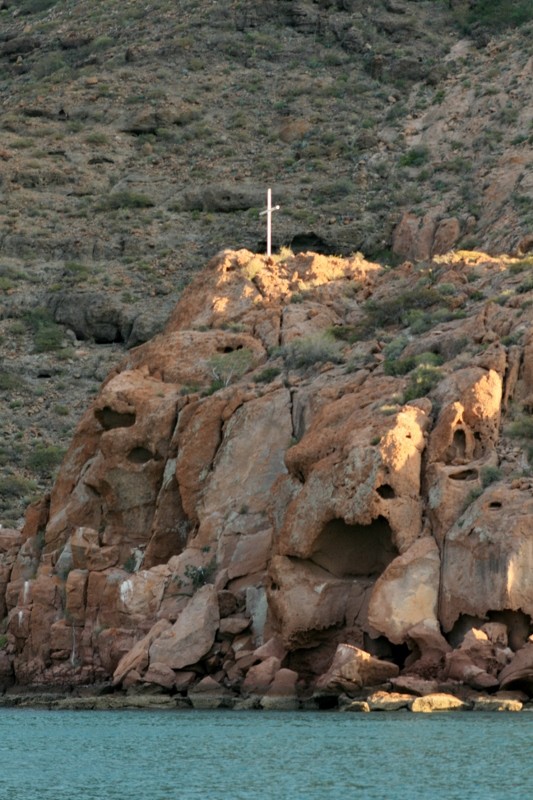
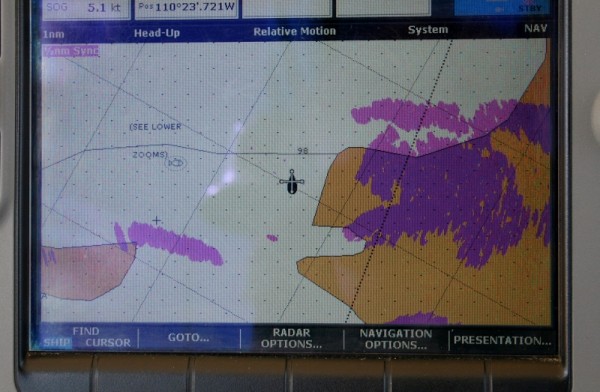
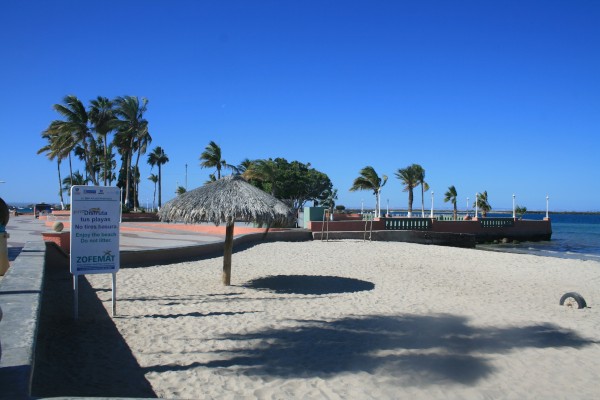
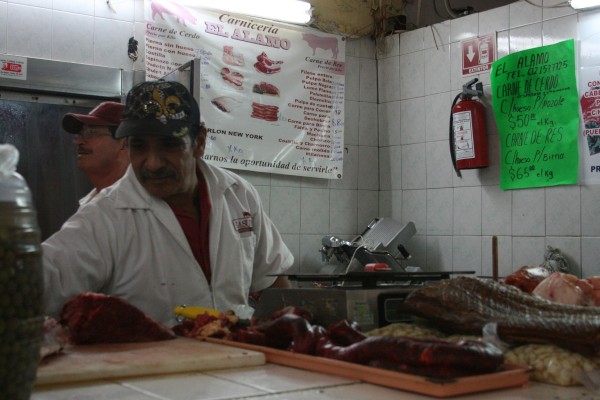
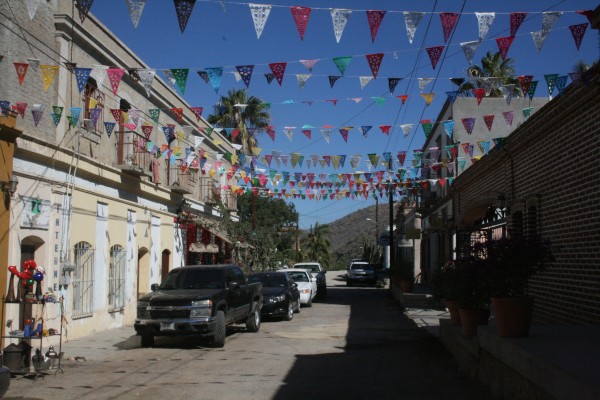
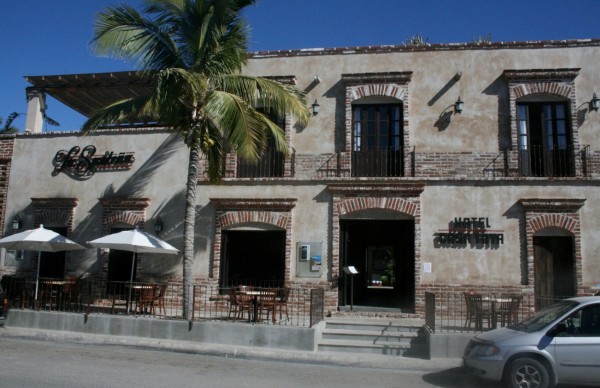
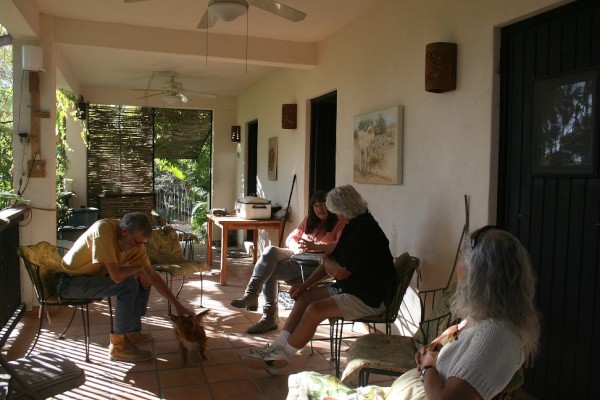
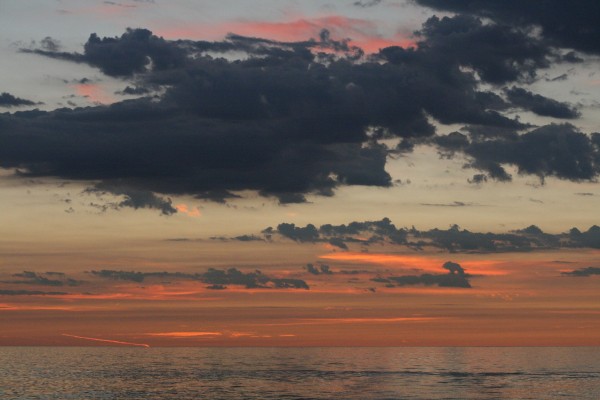
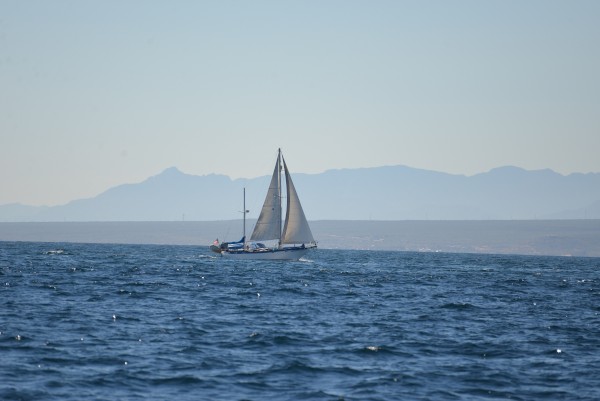
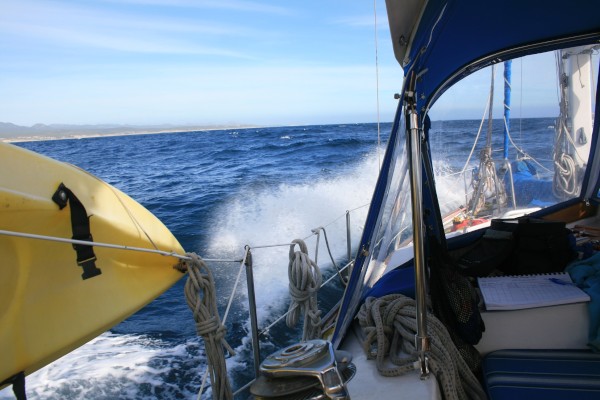

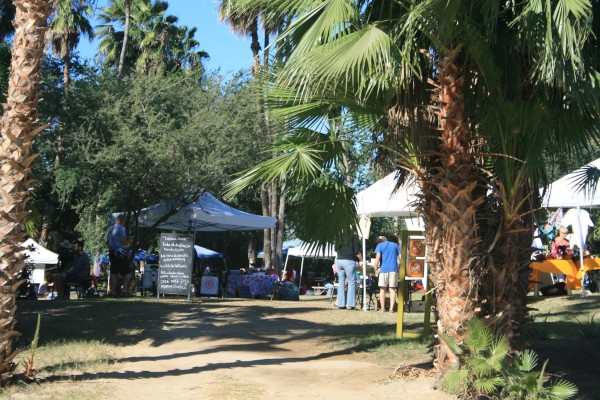
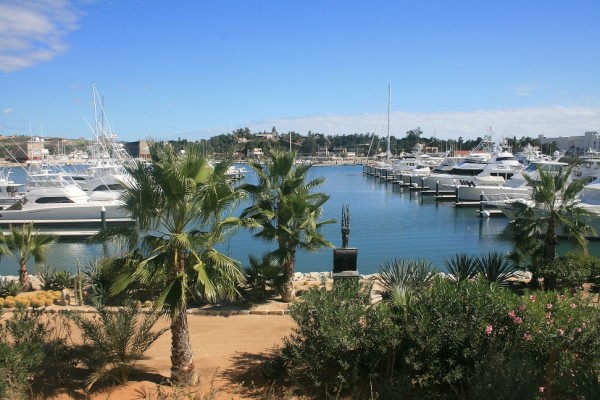
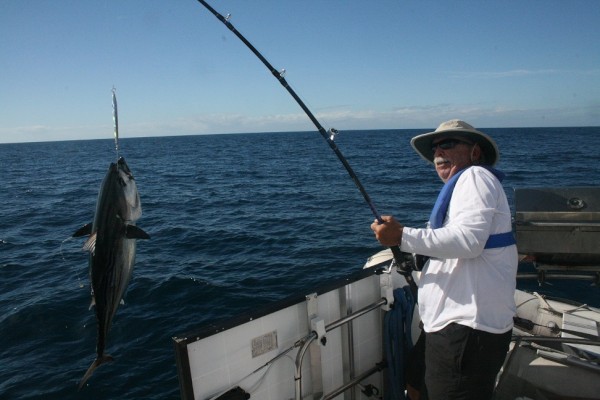
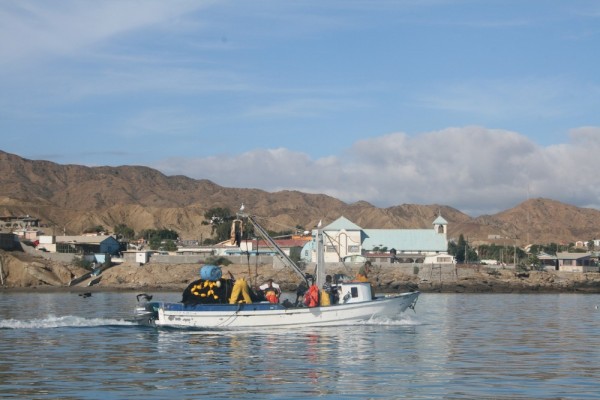
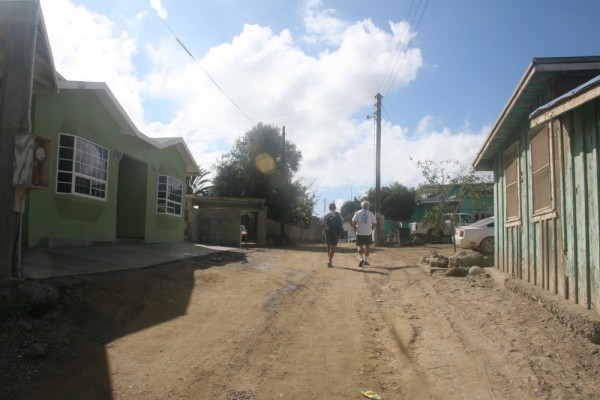
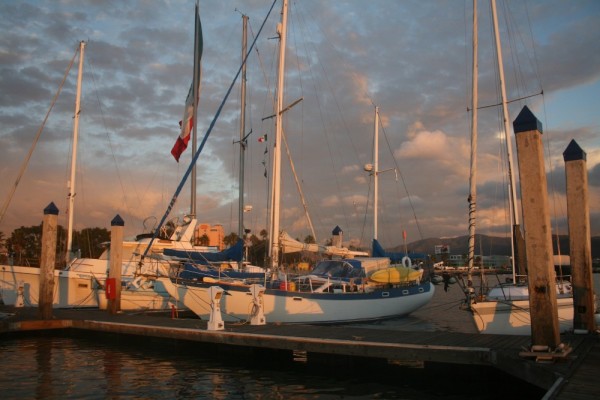
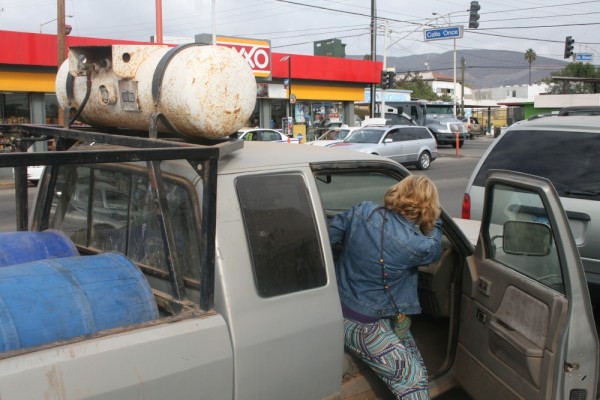
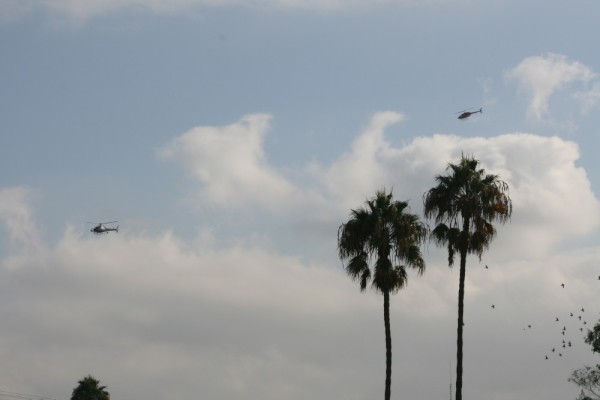
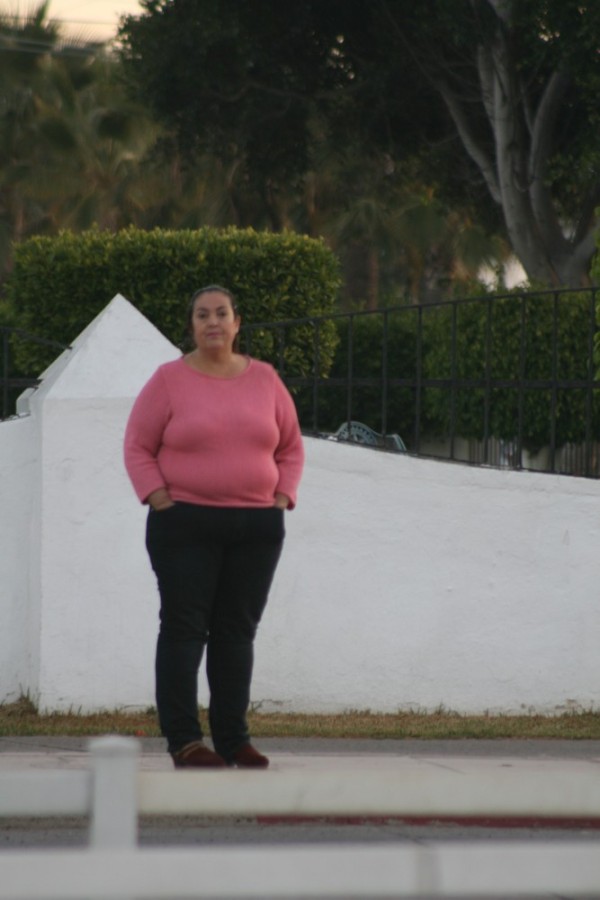
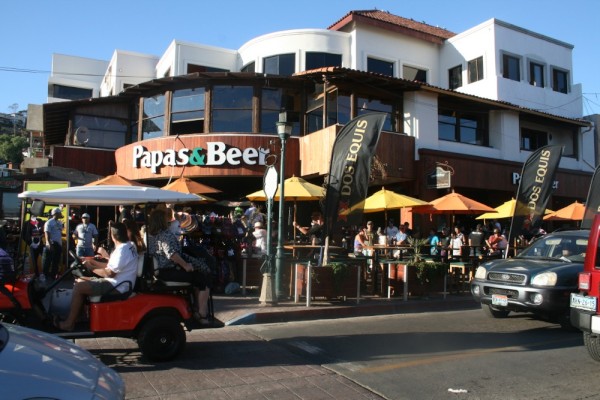
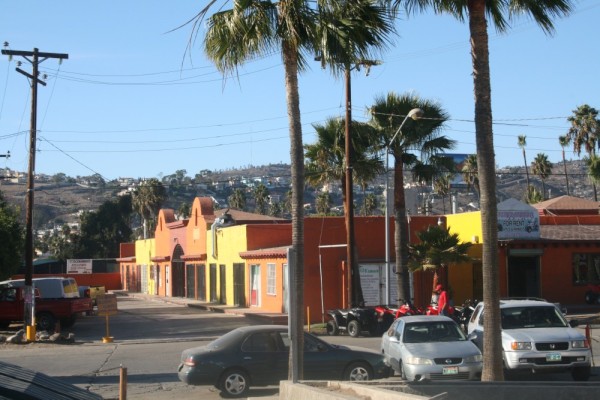
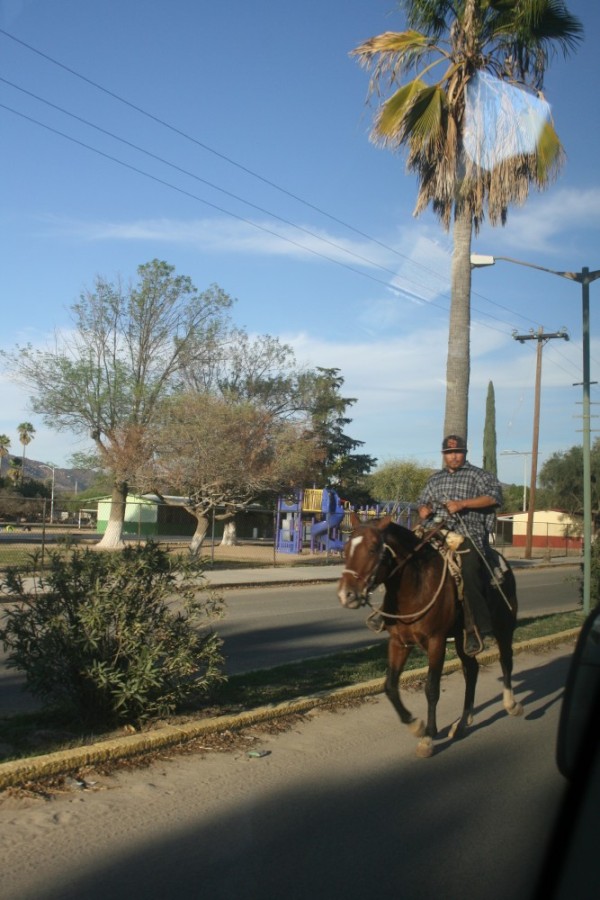
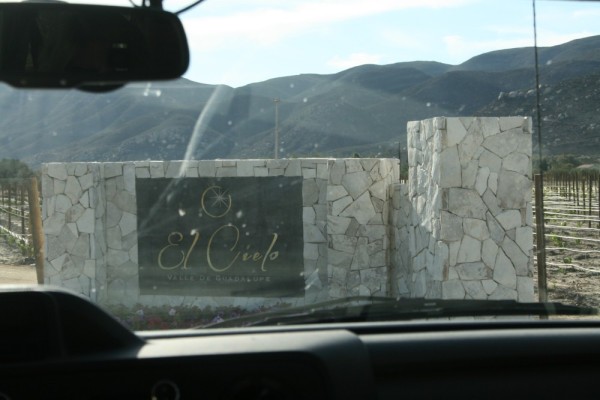
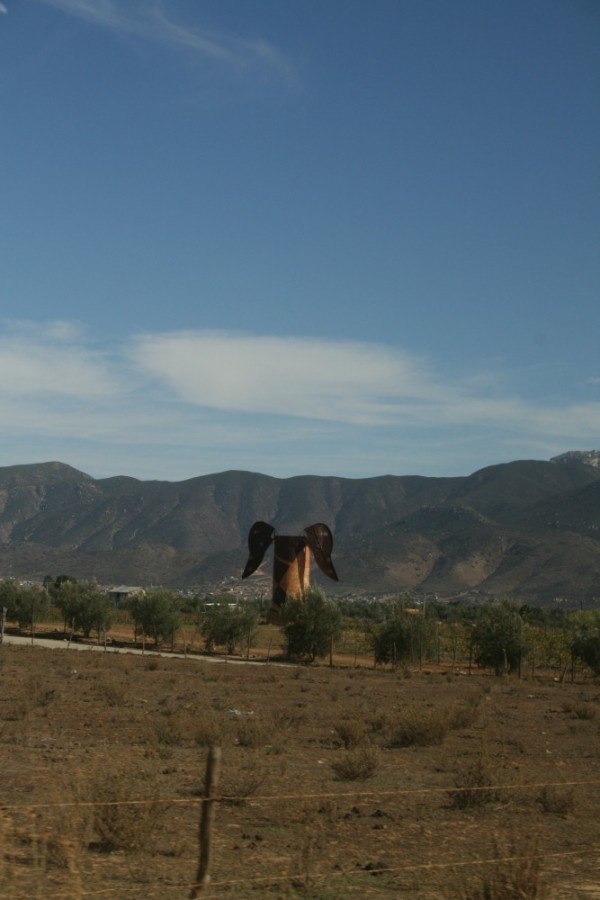
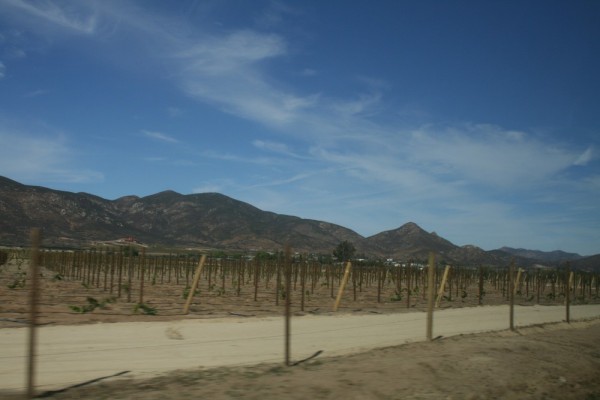
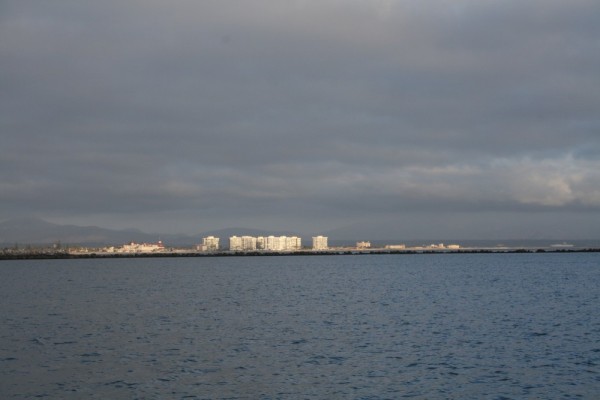
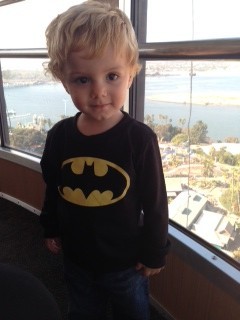
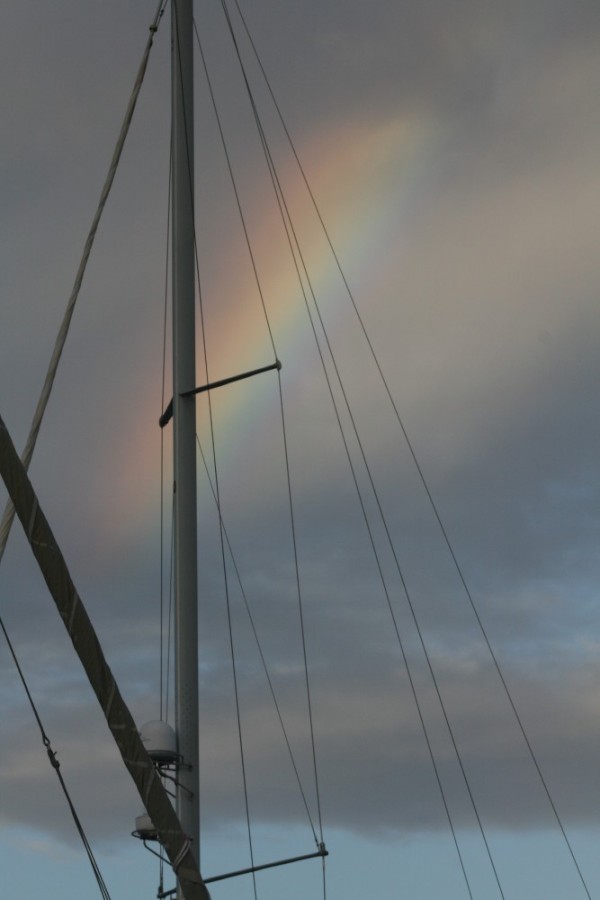
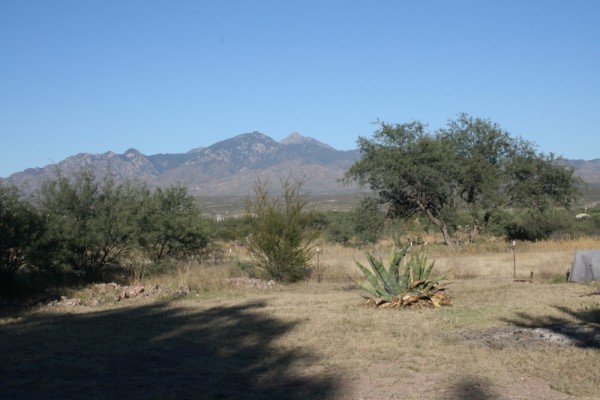
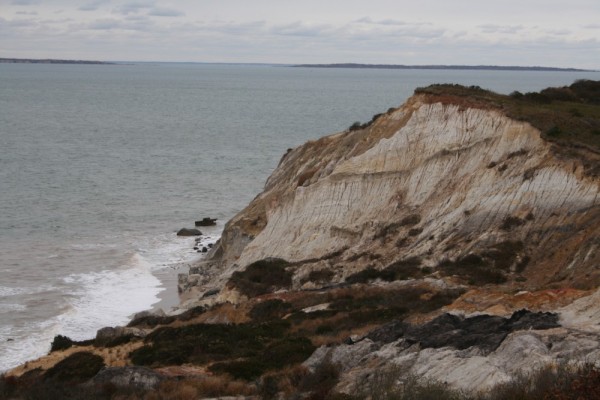
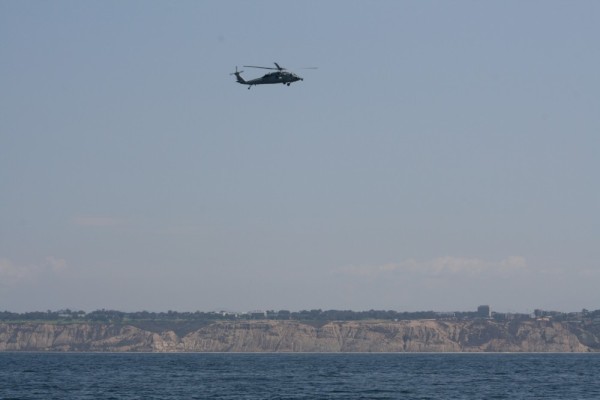
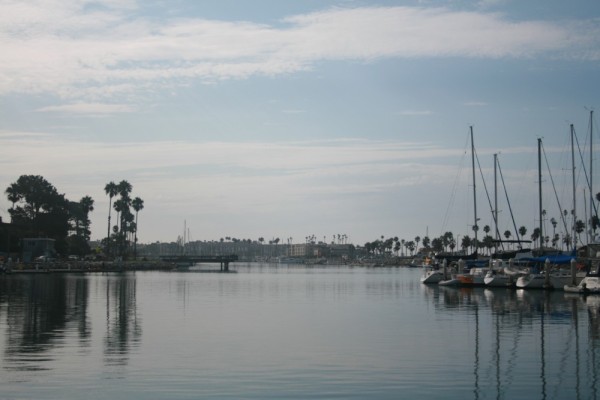
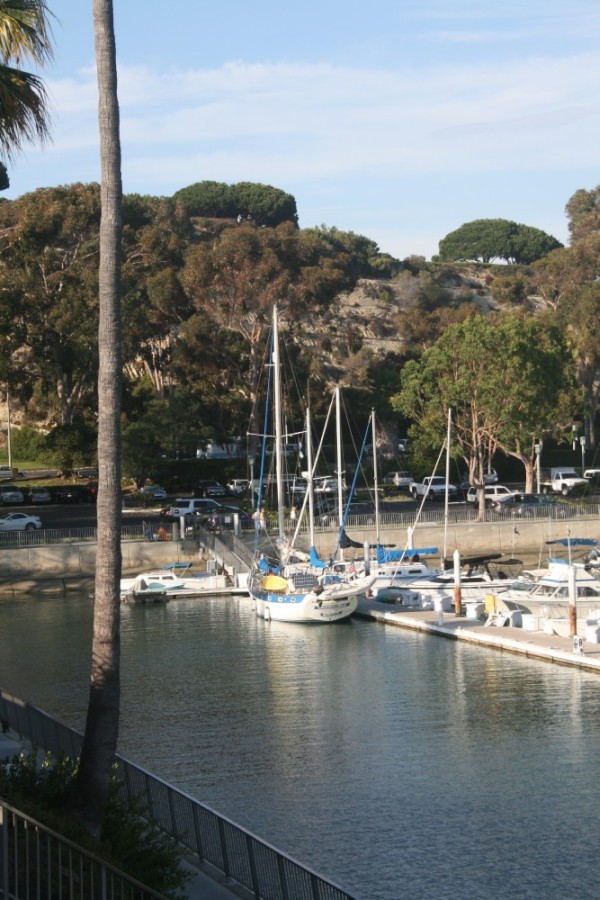
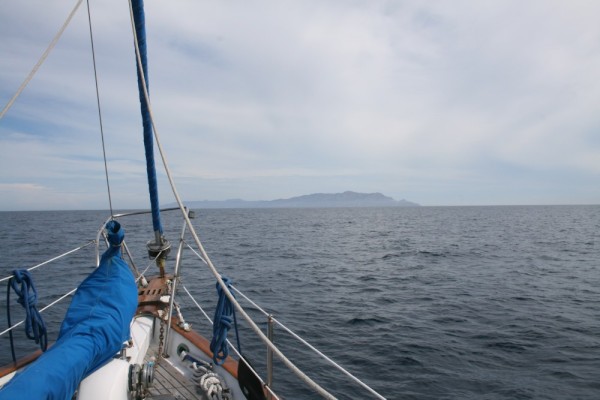
.jpg)



